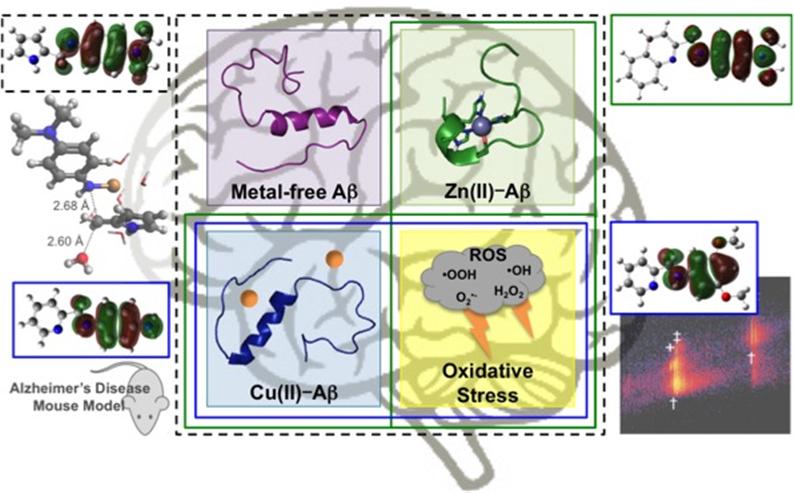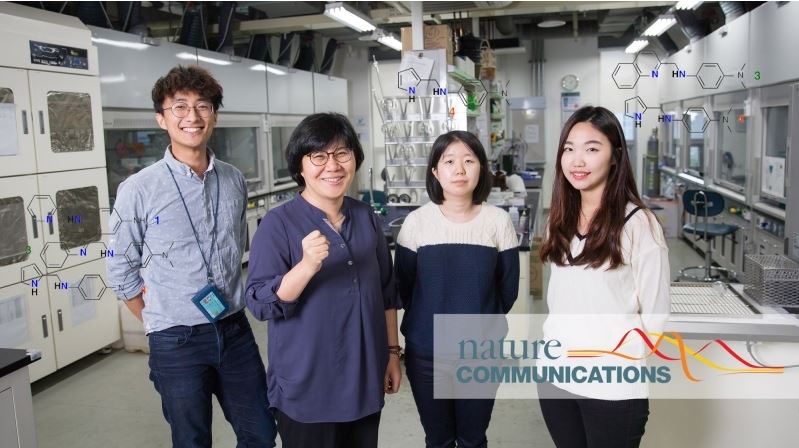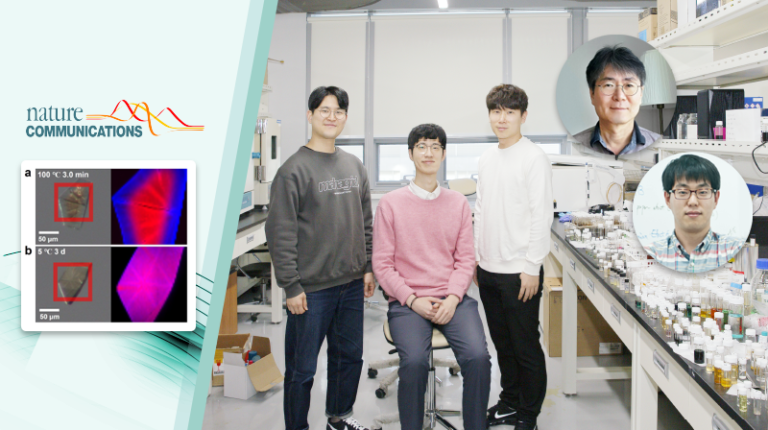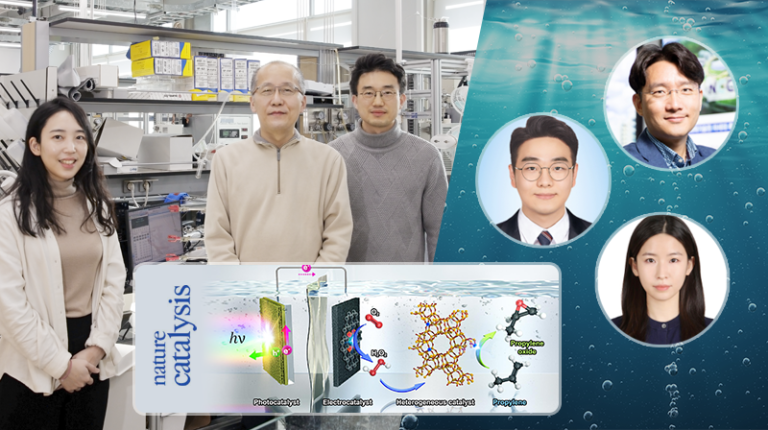Despite increasing momentum in Alzheimer’s research, no clearly effective therapeutics against Alzheimer’s disease (AD) exist due to the limited understanding of its multifaceted aetiology. In addition, because of the lack of chemical tools to identify pathological factors, investigations into AD pathogenesis have also been elusive.
The research results achieved by Prof. Mi Hee Lim and Prof. Kwan S. Kim of Natural Science in collaboration with Joo-Yong Lee (Asan Institute for Life Sciences) at Asan Medical Center was published in the October issue of the the renowned scientific journal, Nature Communications.

In the study, the team designed four small molecules based on a structure-mechanism-based design strategy for targeting and regulating distinct pathological factors, such as metals, amyloid-β (Aβ), metal–Aβ, reactive oxygen species, and free organic radicals, linked to AD pathology as chemical tools useful for AD research.
Their study indicate that the desired chemical properties of small molecules can be achieved for reactions with pathological features simply through minor structural variations to a parent framework. In addition, they report that, “Such property tuning of small molecules was observed to successfully afford different modes of action towards the targets.”
This suggests that their findings of the small molecules, able to probe distinct pathological facets via disparate mechanisms, demonstrate the feasibility of applying a structure-mechanism-based design concept to rationally construct chemical tools capable of illuminating the roles of multiple individual targets and their inter-relationships in AD pathogenesis.
The reserach team expects that their new chemical tools show promise for deciphering AD pathogenesis and discovering effective drugs.
This research has been supported by the 2016 Research Fund of UNIST and the National Research Foundation of Korea (NRF) grant funded by the Ministry of Science, ICT and Future Planning.
Journal Reference
Beck, M. W. et al. Structure-mechanism-based engineering of chemical regulators targeting distinct pathological factors in Alzheimer’s disease. Nat. Commun. 7, 13115 doi: 10.1038/ncomms13115 (2016).
Oct 19, 2016 Joo Hyeon Heo (Public Relations Team)
http://news.unist.ac.kr/new-effective-therapeutics-against-alzheimers-disease/



